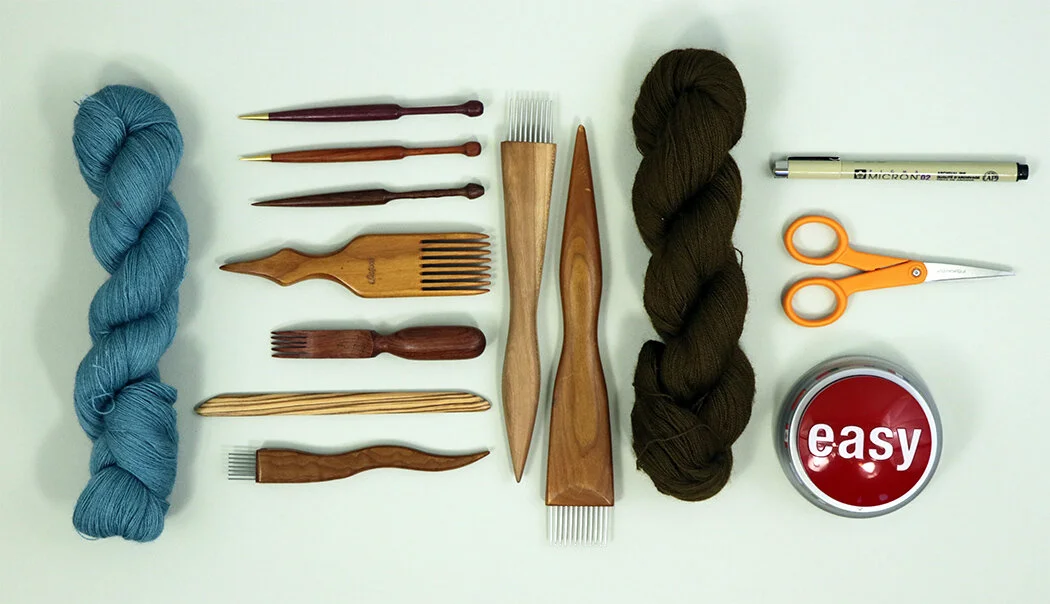The American Tapestry Alliance’s media tour kicks off today. This year they’re holding it on Instagram and I am kicking off the week with a day of posts about tapestry looms. You can see the posts on my Instagram feed HERE. You do not have to have an Instagram account to go there and look at them. All the information about the next days of the tour is in those posts and also at the end of this email with links.
I wanted to talk some about choosing a tapestry loom. Most people who jump into tapestry outside of a university fiber art program start with small tapestry looms. I’ve written articles on this blog about looms (three of them are HERE, HERE, and HERE) which focus on what looms are out there and why some are better than others for tapestry weaving.
Today is my day on the tour and I wanted to use this blog post to provide more information and links. The video in this post is one I did for the Instagram stories today.







